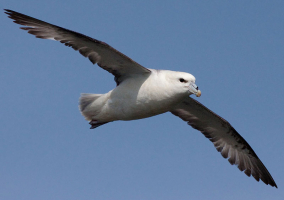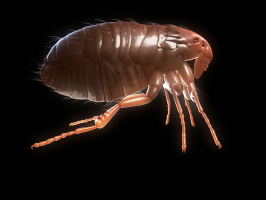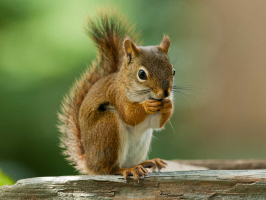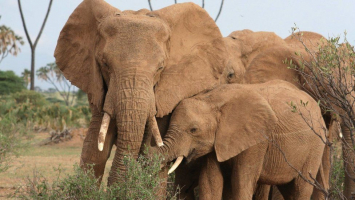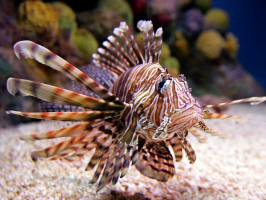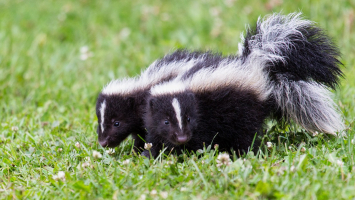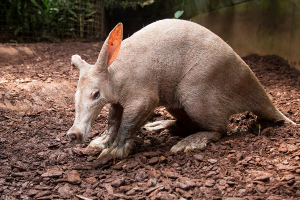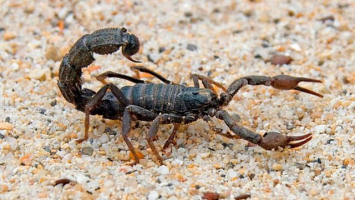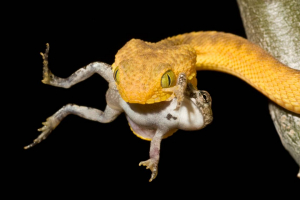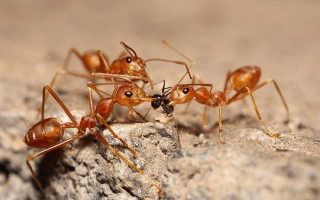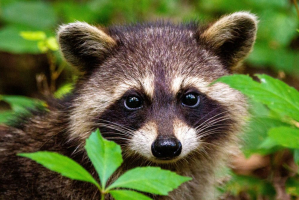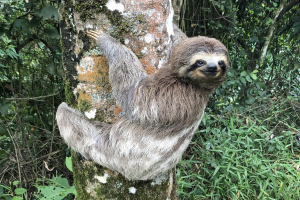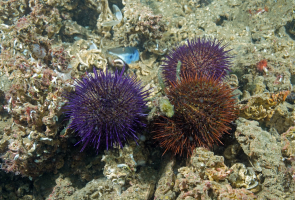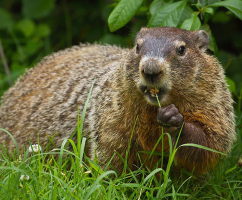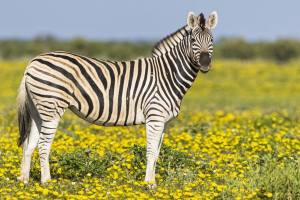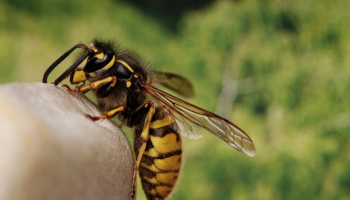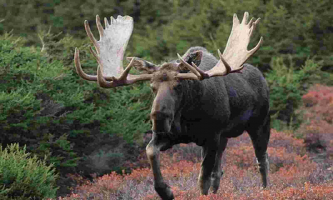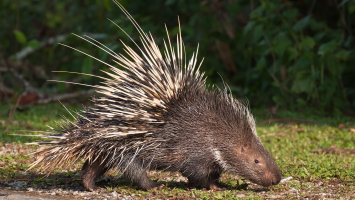Top 6 Predators of Butterfly that Eats Butterfly
One of the world's most beautiful species is likely the butterfly. Although it begins life as a caterpillar, it eventually transforms into a butterfly with ... read more...vivid, colorful wings. The butterfly can fly, but because of its small size, most animals find it to be an easy meal. The butterfly is frequently pursued by the animals below, despite the fact that it typically has some kind of chemical defense. Here are some predators that eat butterfly.
-
The snake is likely the biggest and scariest predator of butterflies. The Serpentes suborder includes the long, limbless, carnivorous snake. Because of its size, the butterfly frequently cannot defend itself against a lesser snake that can eat it whole. The fact that snakes become passive during the digestion process is an unusual trait. Because digestion is an energy-intensive process, it is possible for the serpent to regurgitate its just digested butterfly if there is a disruption.
Snakes can be the predators of almost anything! The Adder, for example, when fully grown can gobble up large species of animals, like frogs, mice, lizards, slow worms, and so on. Young Adders, however, feed on beetles, spiders, worms, and grass-feeding caterpillars. Although these species of snake look dangerous, they rarely attack humans, unless of course, you step on it or pick it up.
Adders are typically found in sunny, protected habitats including riverbanks, wooded regions, dunes, heaths, and grasslands. The daylight is when adders hunt most frequently. It's interesting to note that adders blink out their forked tongues when they smell their prey. Snakes' venom has a cardiac depressant that quickly kills its victim, enabling the snake to devour its prey with ease.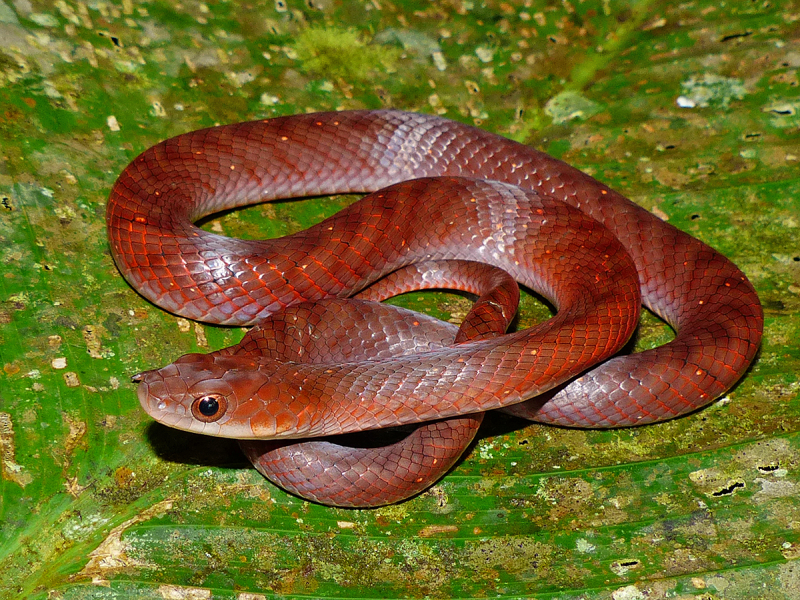
Source: pinglelist.org 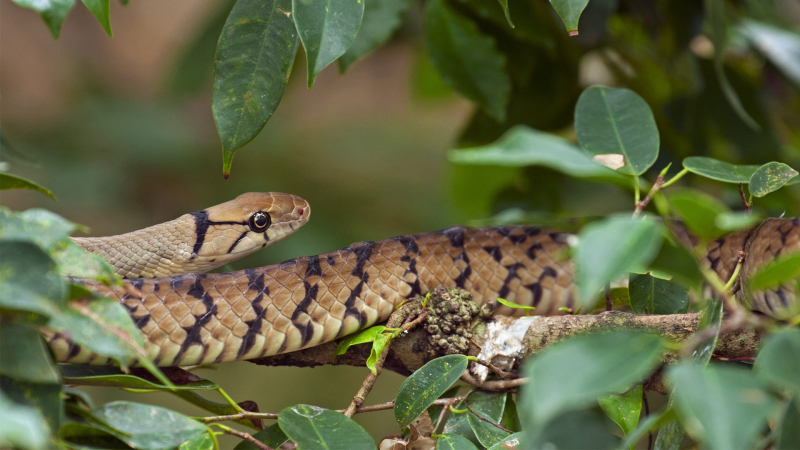
Source: insideedition.com -
Around 10,000 different bird species can be found worldwide. It is hardly surprising given their enormous numbers that butterflies have a difficult time shedding them. The bird is renowned for its ability to fly, among many other things. It is thought to be the only surviving dinosaur in the world. It has a lightweight skeleton, colorful characteristics, and a four-chambered heart.
The bird has a number of ways to catch its butterfly prey. It can easily swoop in and pick up the insect from the ground if it chooses to scavenge on it. It may also pounce from a tree branch, a tactic that birds frequently employ to catch unaware butterflies. The Black-headed Grosbeak is one of a few birds that isn’t affected by the toxic compound found in monarch butterflies, making it safe for them to consume this insect.
Once a black-headed grosbeak devours a monarch butterfly, you can easily tell because the entire abdomen of the adult butterfly will be missing. These avian species also feed on the cuticle (skin) of the monarch’s abdomen. However, they consider feeding on male monarchs as they contain 30% less poison than female monarch butterflies.
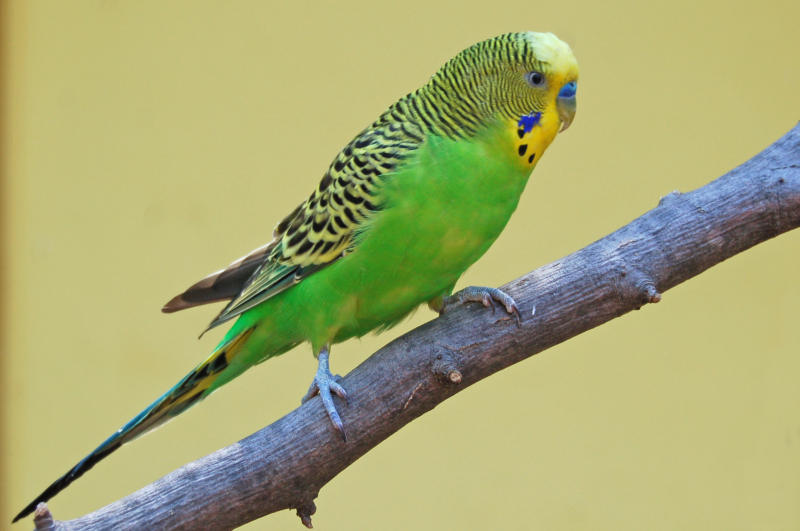
Source: tapetus.pl 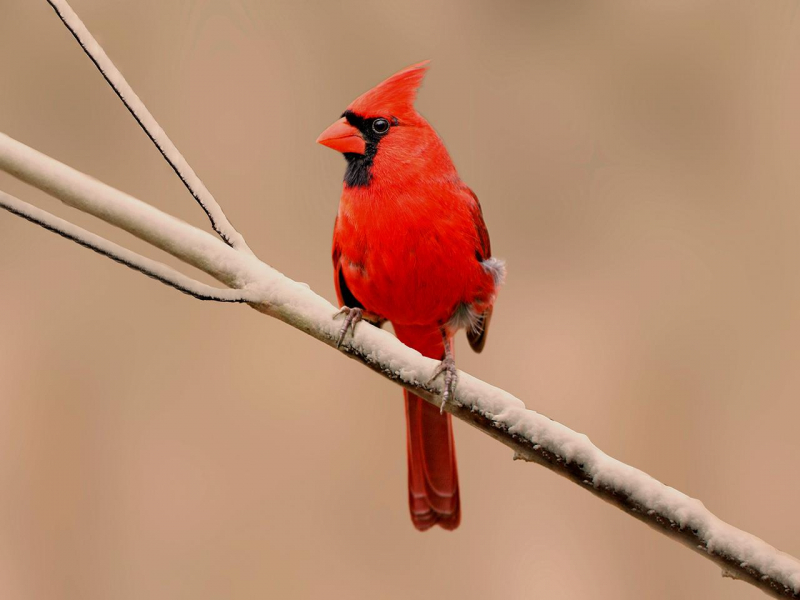
Source: animals.visualstories.com -
The frog, a carnivore that enjoys consuming butterflies and other insects, is the next predator of butterflies. The majority of frogs have rolling, lengthy, sticky tongues. They can trap their prey thanks to their anatomical structure. However, because they can't see as they hunt, they must do some math before going in for the kill. Despite the fact that this is the case, some unfortunate frogs are born without tongues. They are forced to use their webbed fingers to capture the insect in this situation.
Because of this, aquatic frogs have webbed feet that help them swim. Land animals, on the other hand, have small legs that facilitate quick climbing and walking. In contrast, tree frogs can cling to most tree branches because to their rounded toe pads. The fact that all frogs lack the ability to chew holds true regardless of the species. As a result, if a frog succeeds to trap a butterfly, the butterfly cannot escape until the frog swallows it whole.
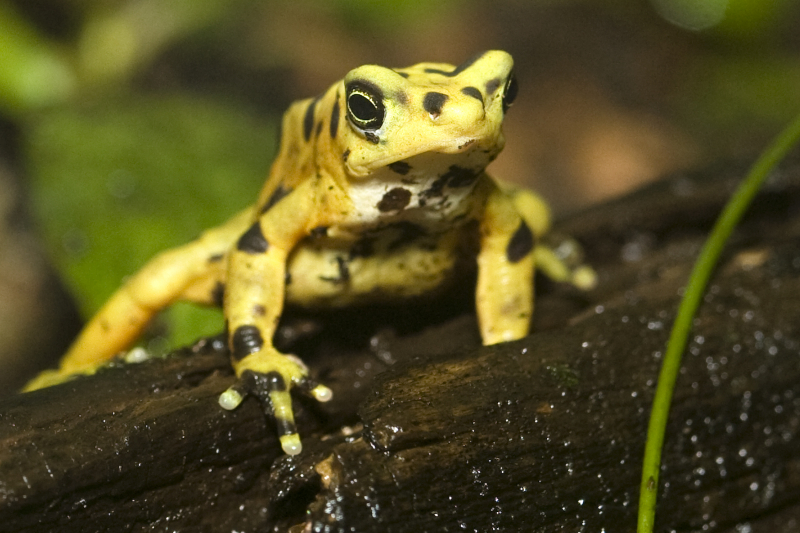
Source: Zoo Atlanta 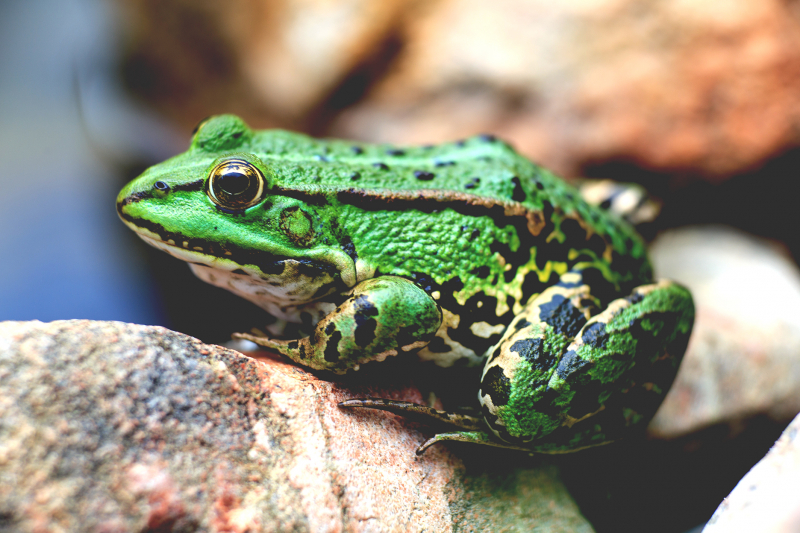
Source: lawpracticetoday.org -
Dragonflies are powerful predators that eat other flying insects while they are in flight. Although they are perhaps most recognized for their capacity to capture mosquitoes, they can consume a wide range of other insects. One of their preferred prey items is monarch butterflies. One dragonfly may consume a whole monarch since they are so large. They are simple to catch because of their unsteady and slow flight. Additionally, they frequently pause to rest on plants, which gives the dragonfly a chance to approach them silently while they are not paying attention.
It’s not clear why monarchs often stop and rest on milkweed plants. Possibly it has something to do with the toxins in their bodies. But whatever the reason, if you see a monarch resting on a milkweed plant in mid-summer, there’s a good chance there will be a dragonfly sitting nearby watching it. Another well-known predator of butterflies is the dragonfly. It shares the latter's reputation for having wings. The dragonfly, as opposed to the butterfly, has a hindwing that is larger than its forewing.
However, due of its wider wingspan than the butterfly, the dragonfly flies better. Given that it has a 95% death rate, it can efficiently prey on insects that are oblivious of its presence. The carnivorous dragonfly can eat an insect that is only half its size. The dragonfly frequently starts eating by biting its prey's head. It knocks the bug out of its mind and drags it by the legs back to its nest. The butterfly's wings are next torn off by the dragonfly, who then starts to eat its head.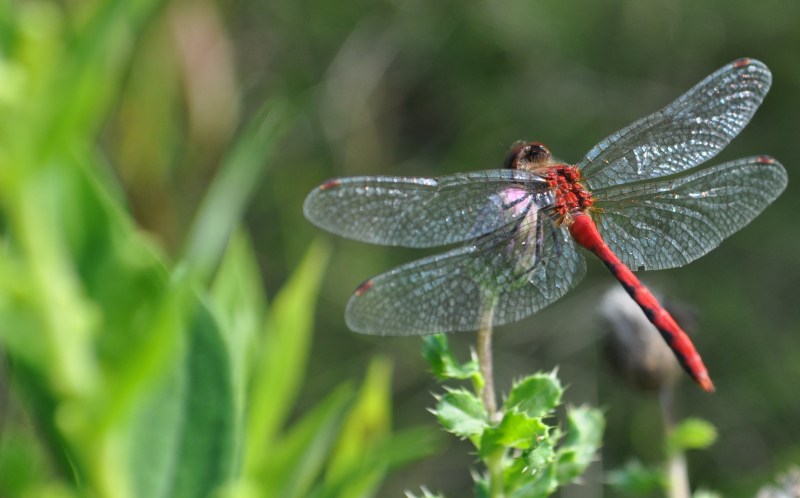
Source: pumpsandpickledplums.wordpress.com 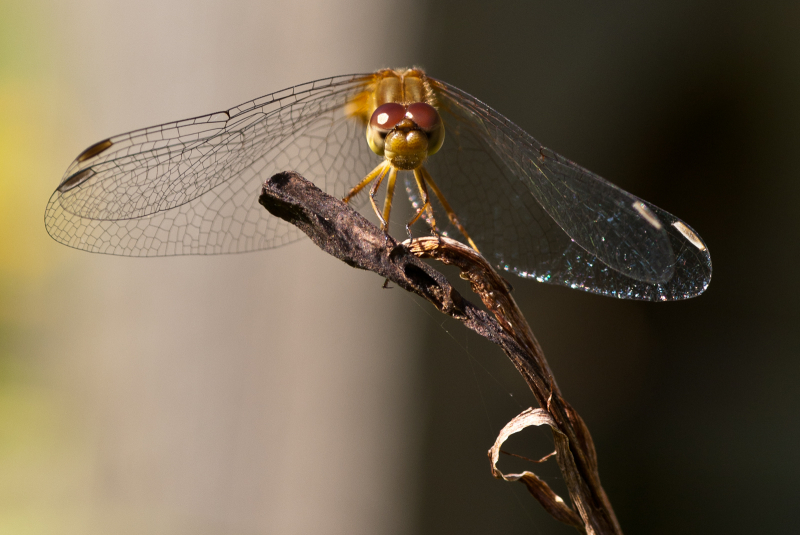
Source: bythedrop.com -
Caterpillars indeed resemble tempting treats for ants with all those little legs, vibrant colors, and protruding eyes. The majority of caterpillars are protected by their own toxic substances, which is beneficial for monarch caterpillars (and sad for hungry ants). One of these bug larvae will cause an ant to promptly vomit it out in disgust if it is eaten.
Not every caterpillar is as fortunate. Some species are simple prey for hungry ants because they lack toxic compounds. Such an unlucky victim of ant predation is the common larval stage of the black swallowtail butterfly. The ant is one of the most tenacious predators of butterflies despite its small size. Given that it may eliminate a variety of butterflies, the ant is a well-known illustration of biological pest control.
It turns out that its favored food is the Grizzled Skipper Butterfly, which creates vibrations by opening its wings. These movements are rapidly noticed by the ants. This allows them to now eat larger insects like butterflies. Because it is more challenging to catch a fleeing butterfly, making it a weaker and more "immobile" target, most ants choose to attack the caterpillar. Like its older version, the caterpillar emits vibrations that make it easier to trap.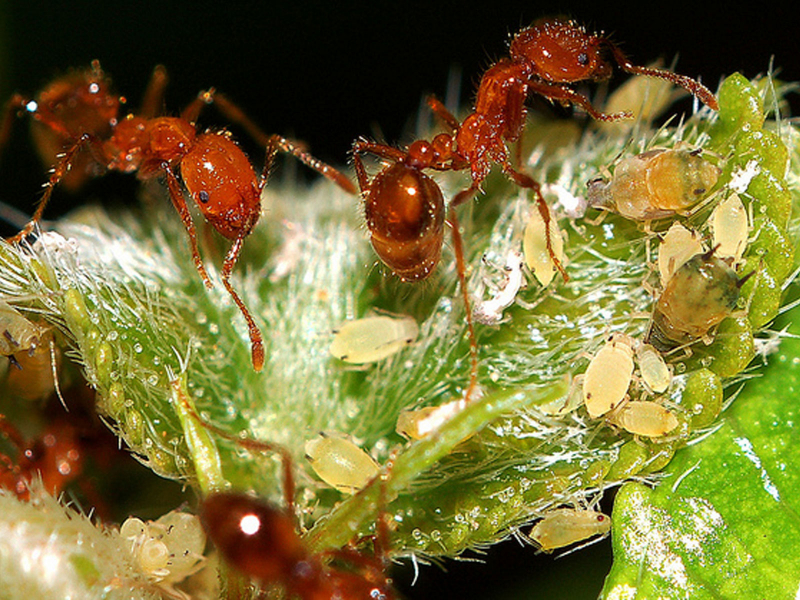
Source:blogspot.com 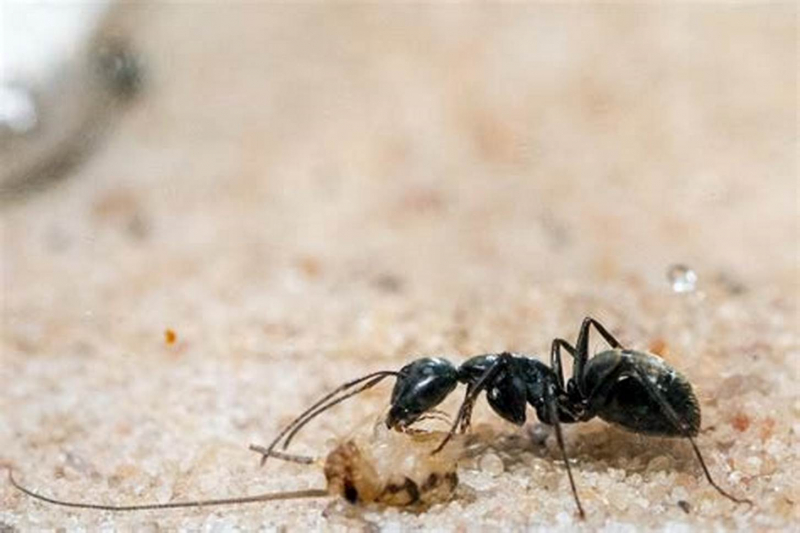
Source: formiculture.com -
Rats and mice, especially black-eared mice, prey on and consume monarch butterflies, and they typically do it at night when they are most active because they are nocturnal animals. Moths or butterflies that are located on the ground are hunted, attacked, captured, and eaten by mice. These rodents can consume both live and dead butterflies, unlike frogs and toads, who only eat the latter.
In locations where monarch butterflies are common, there are four major kinds of mice; nevertheless, only black-eared mice will consume large quantities of monarch butterflies. It's interesting to note that the Black-eared mouse can consume monarchs without getting sick from their toxicity. Rats may also leave a smattering of butterfly wings in their wake. A rat or mouse may also consume 30 to 37 monarch butterflies every one night!Mice will continue eating butterflies until they are satisfied, at which point they will stop. It resembles how we humans feel at a buffet when we run out of food even though there is still food on the table. Our bodies are telling us to stop because we've had enough for now. Similar to how humans sense when they are full, mice will stop eating butterflies until they feel like eating again.
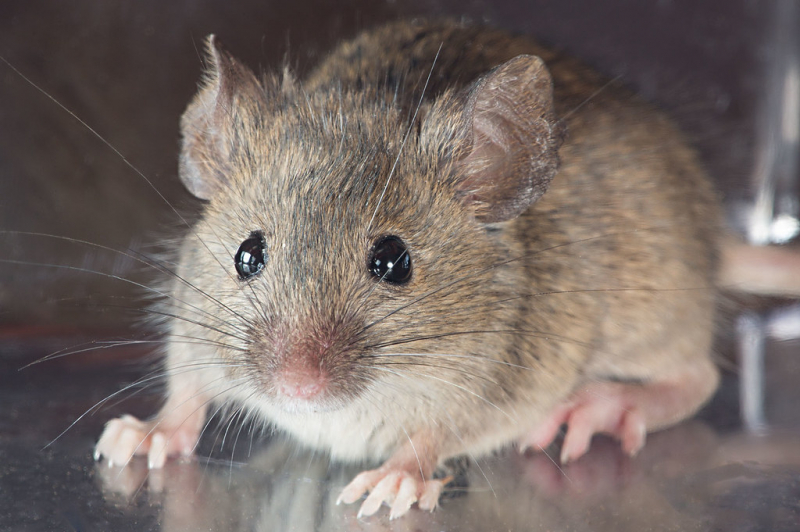
Source: Flickr 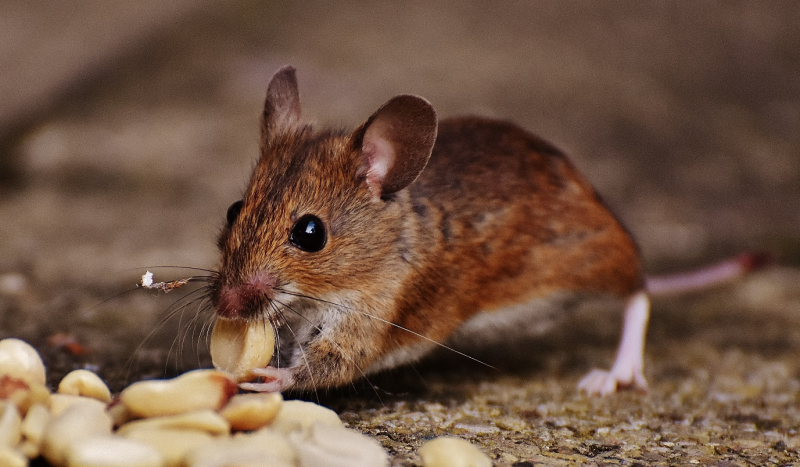
Source: cityscoop.us








